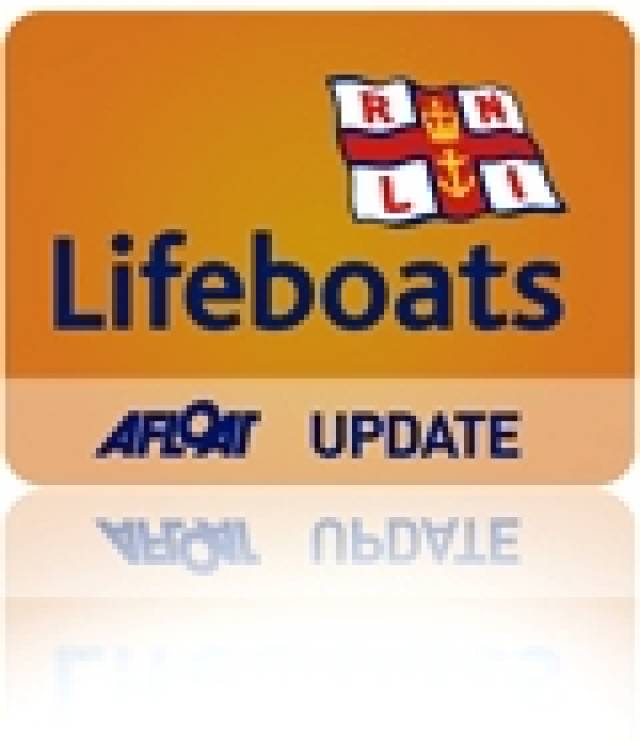#rnli – A young Irishman has played a significant role in developing the RNLI's most advanced class of lifeboat - the Shannon class. Named after the River Shannon and almost 50% faster than the lifeboats it will replace - the Shannon will help the charity's volunteer crews reach those in need even quicker.
Capable of 25 knots, the Shannon is the first modern RNLI all-weather lifeboat to be powered by water jets, not propellers. Over 50 new Shannons will need to be built within the next ten years to replace the older classes of lifeboat and the charity estimates that the 50+ Shannons in their class will rescue over 56,000 people and save the lives of over 1,500 in its lifetime.
Peter Eyre, an RNLI Naval Architect from Derry in Northern Ireland was instrumental in the development of the new lifeboat, designing the hull form at the age of 24 in his spare time. Four years after Peter's original design, the prototype of the Shannon class lifeboat is undergoing sea trials around the coasts of the UK and Ireland, with the first lifeboat going into service in 2013.
Peter Eyre, RNLI Naval Architect says:
'I kept the design under wraps in the early stages. After a while my boss could see I was working on something and encouraged me to continue. My job was to find the design by working with other naval architects, not to design it. I was the youngest in the team and before long I had designed the new lifeboat hull.
'I'm chuffed it was named after an Irish river and the strong connection the boat now has with Ireland. I think the moment it first goes out on a service will be the high point of my career. My parents will be so proud. It's a great legacy to be a part of, especially at this age. I think it will sink in gradually. When the first life is saved I think that's when it will really hit home.'
The Shannon class is expected to make up almost a third of the RNLI's all-weather lifeboat fleet and once rolled out all RNLI all-weather lifeboats will be capable of at least 25 knots. The Shannon class will also improve the safety and welfare of the charity's volunteer crews, thanks to its shock absorbing seats and computer monitoring and operating system.
While Peter was not to become actively involved with the RNLI till later in his life, he had a brush with the charity in 1998 when the Lough Swilly RNLI Lifeboat came to his aid.
Peter explains:
'I was just 14-years-old at the time when my family's 30ft cruiser racer yacht was dismasted in rough seas and force 7 winds. The yacht lost its mast and was escorted back to shore by the volunteer lifeboat crew. We were so relieved'
Owen Medland, RNLI Training Divisional Inspector for Ireland says:
'This is the first time that the RNLI has named a class of lifeboat after an Irish river – which is very fitting considering that Peter has been so fundamental in its design. All of the crews who have tested the new lifeboat have been thrilled with its speed, manoeuvrability and the improved crew safety features. We don't know yet which Irish lifeboat stations will receive a Shannon class lifeboat, but the Shannon is designed to replace the majority of Mersey and some Tyne class lifeboats. We look forward to seeing the Shannon here in the near future.'
The RNLI has launched a €6M fundraising campaign across the UK and Ireland to fund two Shannons and their launch and recovery vehicles designed by Supacat for the relief fleet. These 'relief lifeboats' will be used to replace station boats when they go for maintenance or repair and will therefore operate at many places around the UK and the RoI.































































